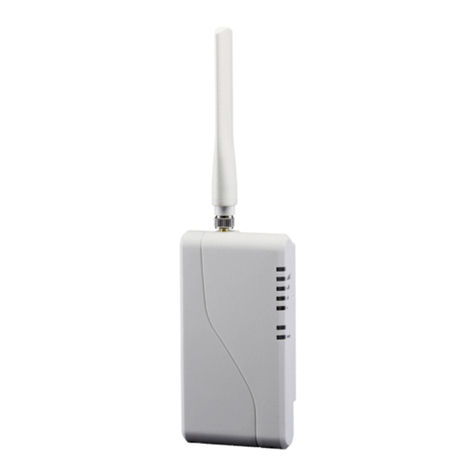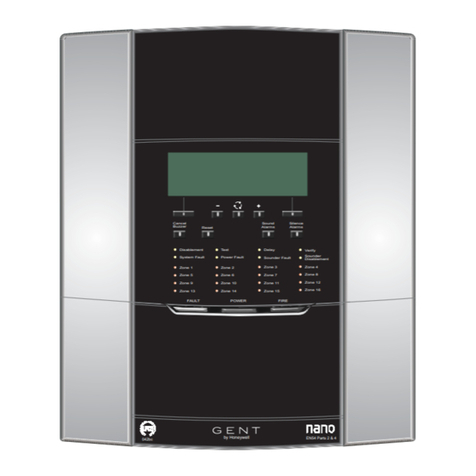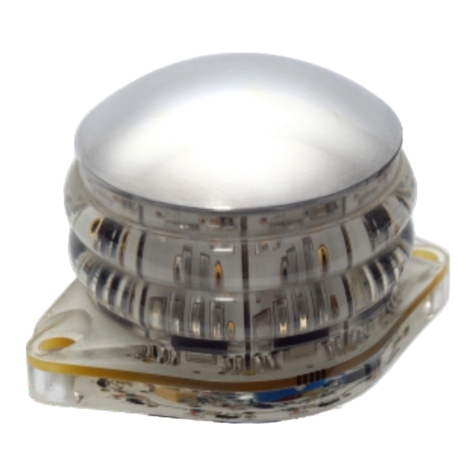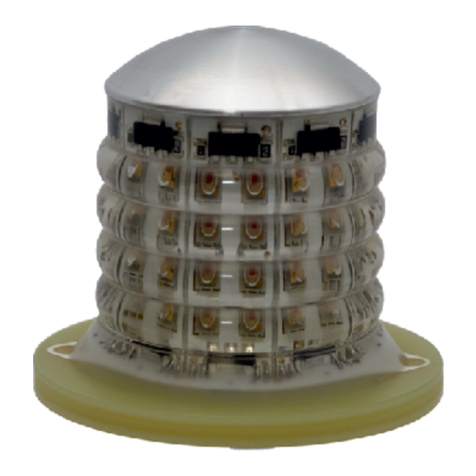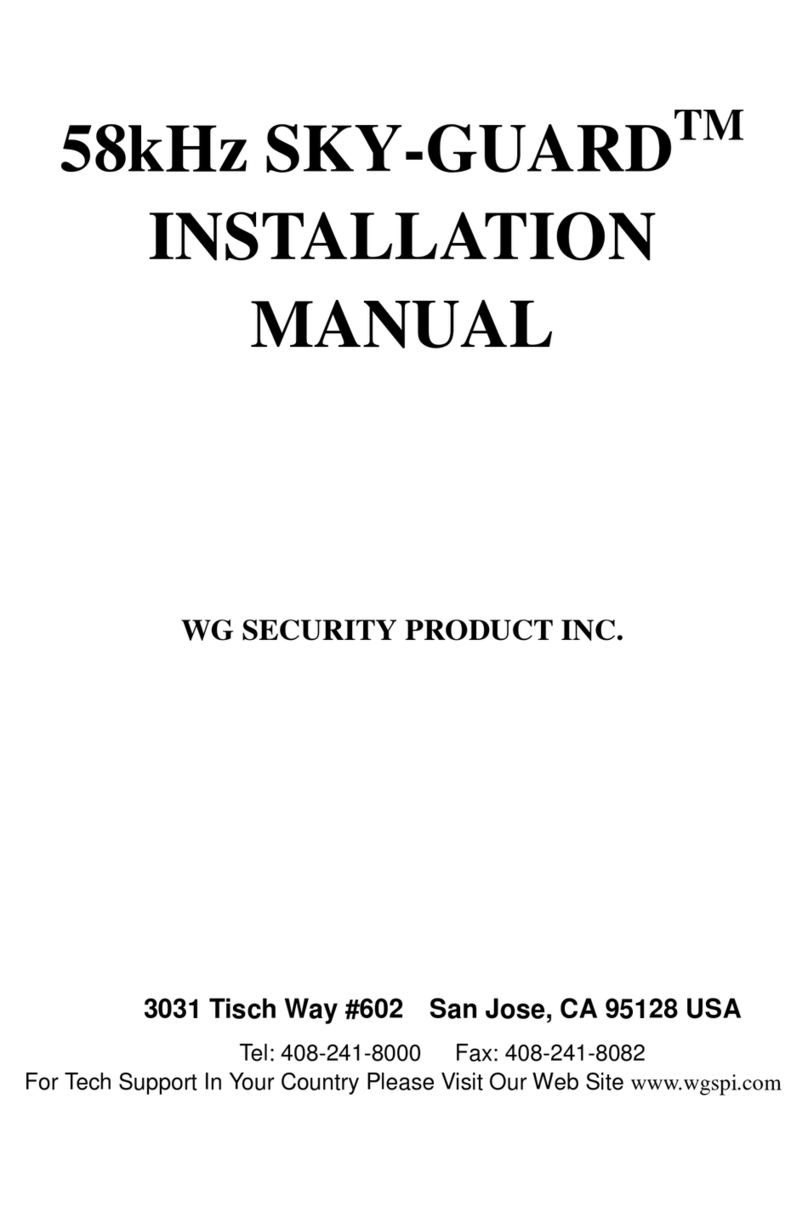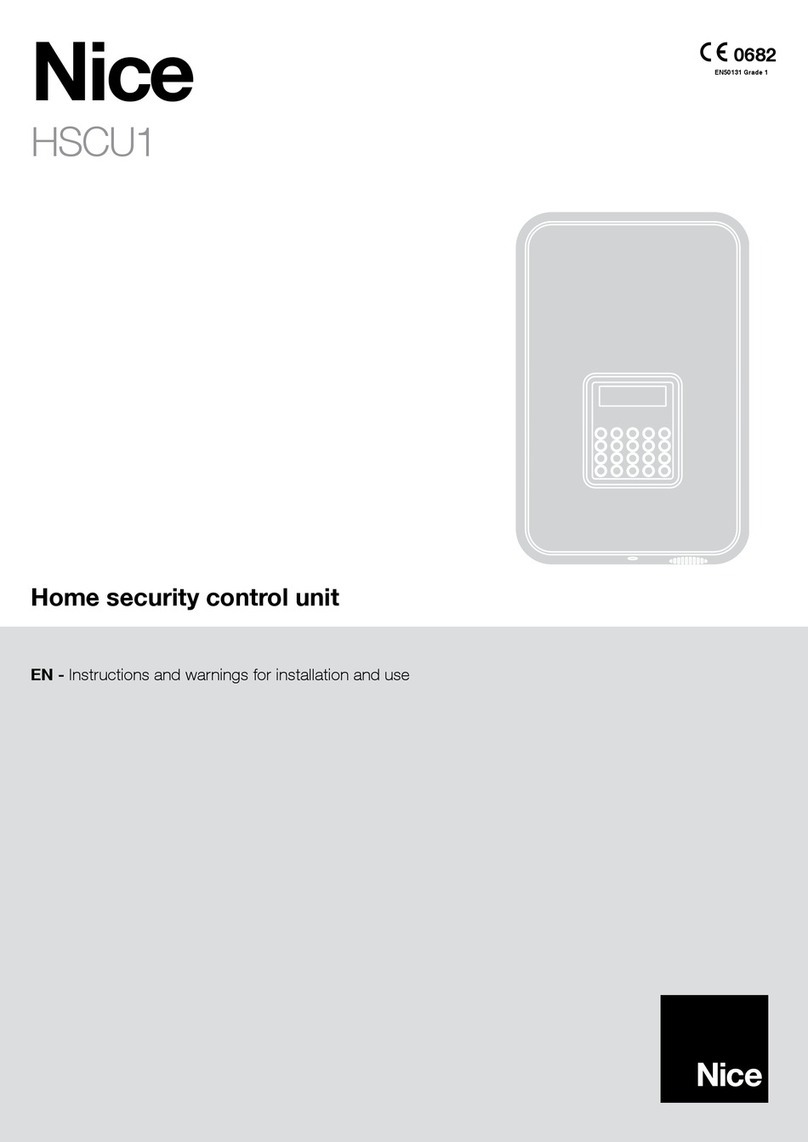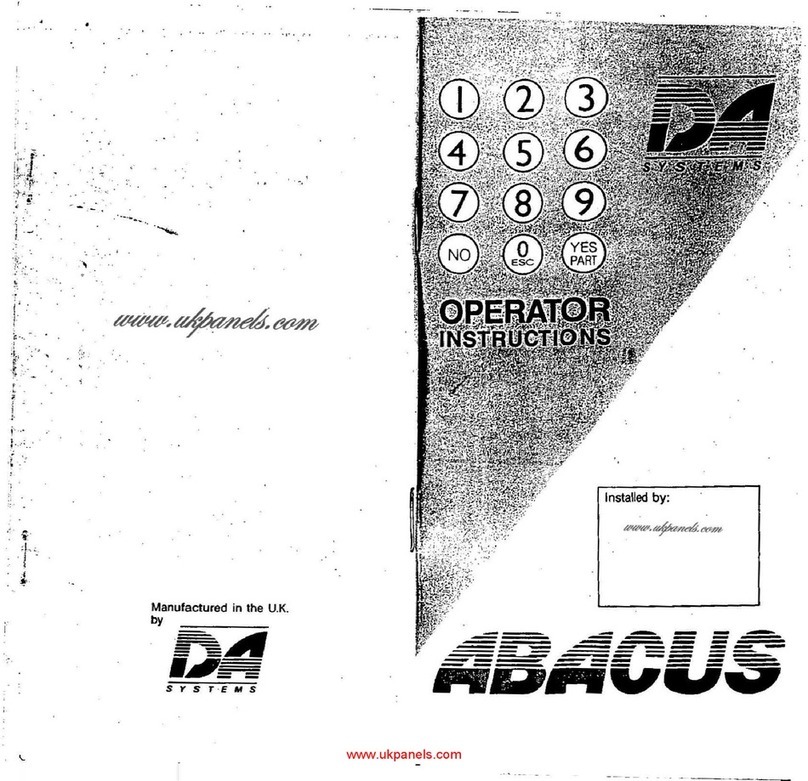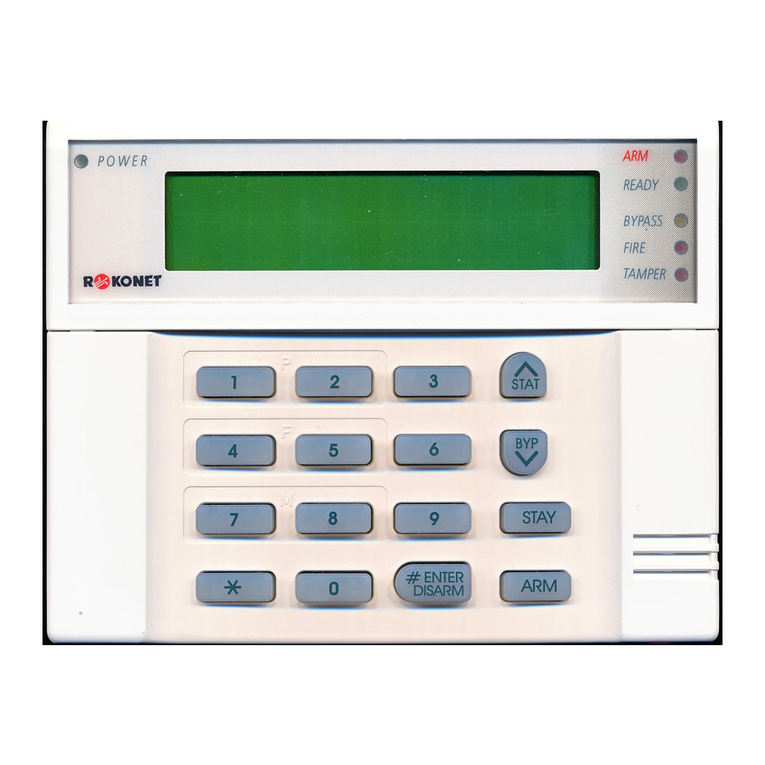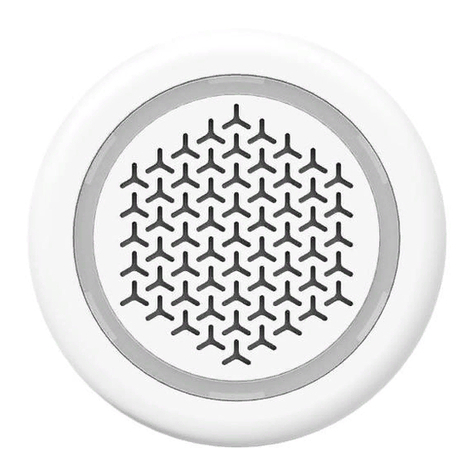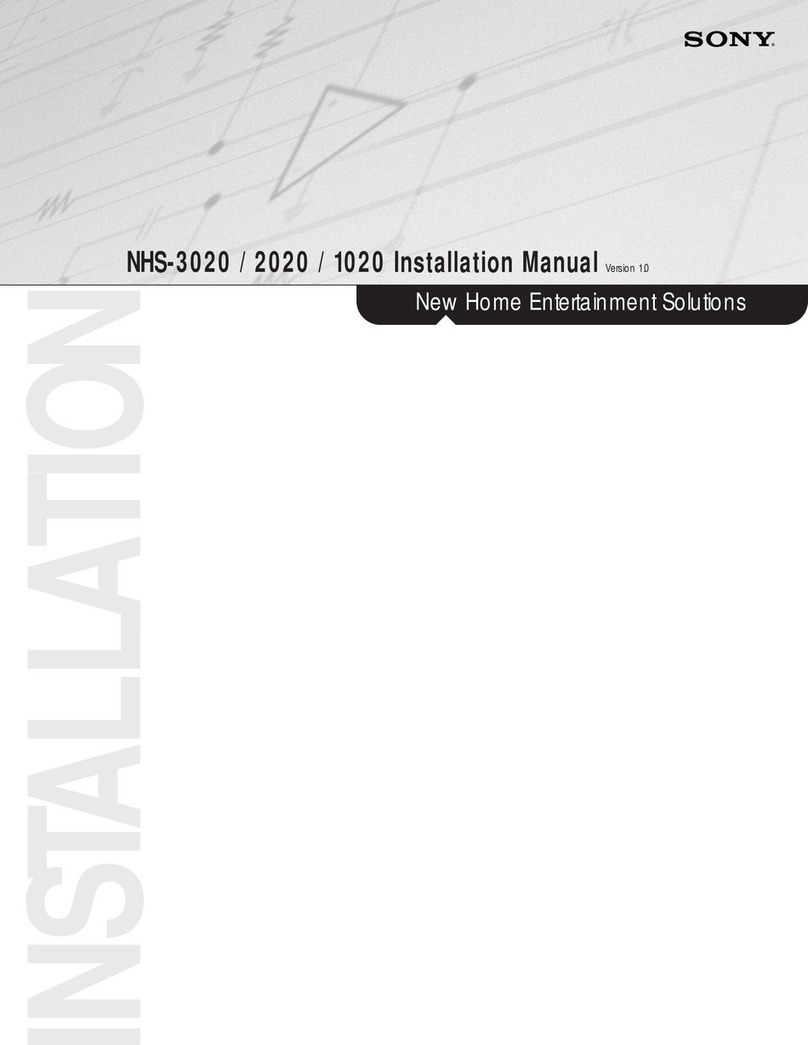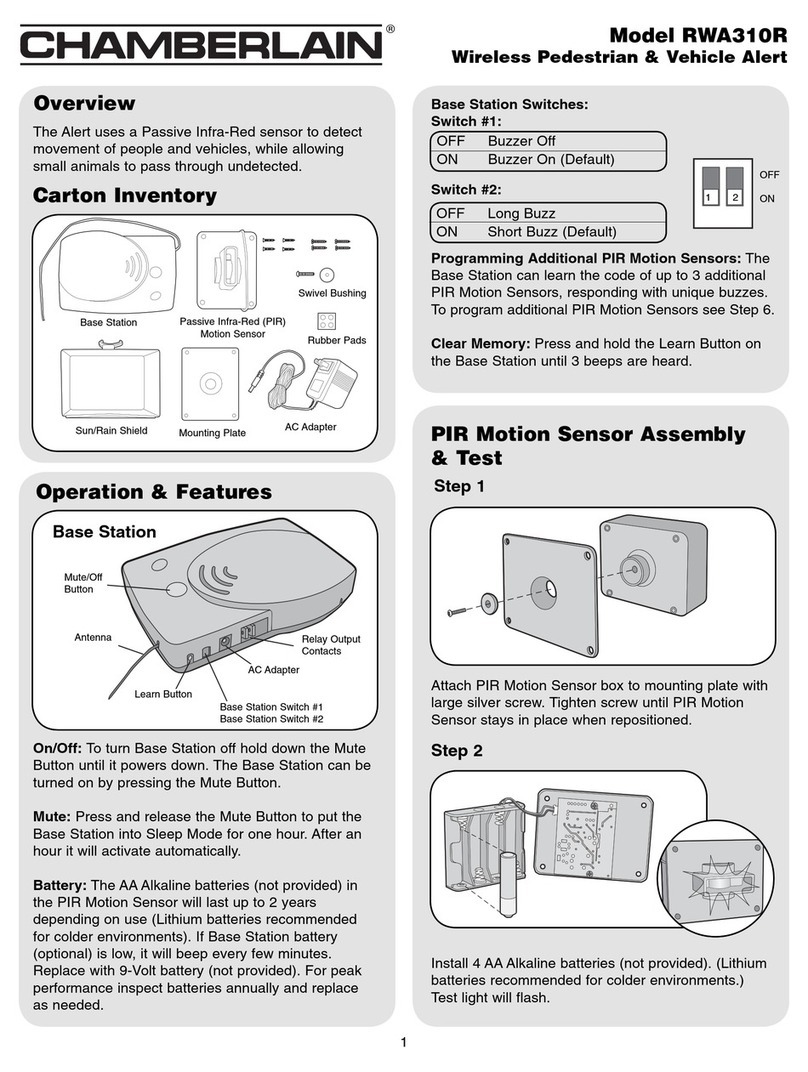
Electric power supply / cable connection to the aircraft on-board power system (12 Volts DC)
The best connection is to solder the joint and then protecting the joint with the included heat shrink tubing. Only use solder for
electronic soldering. Never use solder paste or soldering liquid. They contain acids which cause corrosion!
Important notes:
Install the cables carefully inside the rudder and/or the fuselage. Connect the cables professionally to the aircraft electrical
system ( , ) and to a fuse protection/ circuit breaker. RED = positive BLUE = negative
When the thick white cable gets connected with the red (positive) cable, the light switches from ACL (flash-mode) to continuous
mode. The thin white cable integrates the light to our ‘intelligent Synchronization’. Luster terminals are not suitable to connect
cables. There is a good selection of suitable crimp connections in various shops.
Fasten all wires securely to prevent them from chafing.
The TL-NG is provided with an internal overload protection. In case of over voltage the protector switches off the TL-NG. After
reset or voltage drop the light is again fully functional. The integrated overload protection is activated at any voltage above 18
Volts. (If the voltage returns below 18 Volts, the TL-NG will be functioning again).
Servicing / Maintenance
In order to protect the light from weather influences apply a fresh coat of high-quality car wax from time to time. Should the light be
scratched, use a good polish to refurbish the damages. In case of slightly deeper scratches use wet sandpaper with very fine
granulation (800-1000) and carefully polish again. Do not use aggressive chemicals like gasoline or solvent.
For day to day cleaning use soap water!
Some insect removers and detergents can make the epoxy based surface brittle. Use only aircraft certified products.
If the aircraft can not hangared, please cover the lamps in order to prevent surface ageing!
Pasting
Apply only as much silicone as required to paste the TL-NG to the mounting surface (see illustration 2).
After fixing the Tail Light to the required position, slightly tighten the screws. Moisten your finger with dishwashing liquid and clean
off any excess silicone. A smooth transition can be molded between the rudder / fin and the TL-NG.
Silicone needs time to cure. The best results are achieved at a temperature of 20° deg. Celsius (68° deg. Fahrenheit). Just follow
the handling instructions of the silicone. The final firmness (stability) will be reached after a few days.
Subject to changes without notice
Illustration 2
Rudder
140°
lateral view top view
apply silicone here
(wooden or epoxy-glass resin)
modeled cone
Made in Germany
Im Tiegel 9
36367 Wartenberg
Germany
Phone: +49 (0) 66 41 - 979 - 0
www.thiesen-electronics.com
www.flugzeuglichter.de
THIESEN
E L E C
TRONICS
G M B H
Wiring diagramm:
Technical data:
:
Color : Bright white light
Operating Voltage : 10 - 17 Volts DC, typical: 12.8 – 13.4 Volts (on-board power supply)
Wattage : approx. 5 Watts (1 Amp. Peak Current by Flash)
Dimensions : 52.6 x 42 x 21.5 mm / 2.07 x 1.65 x 0.85 Inch (L x W x H)
Drill wholes : 4.5 mm
Weight : approx. 28 Grams with cables
Warranty : 5.000 operating hours or 3 years from date of purchase - depending on what occurs first.
twisted cable =
